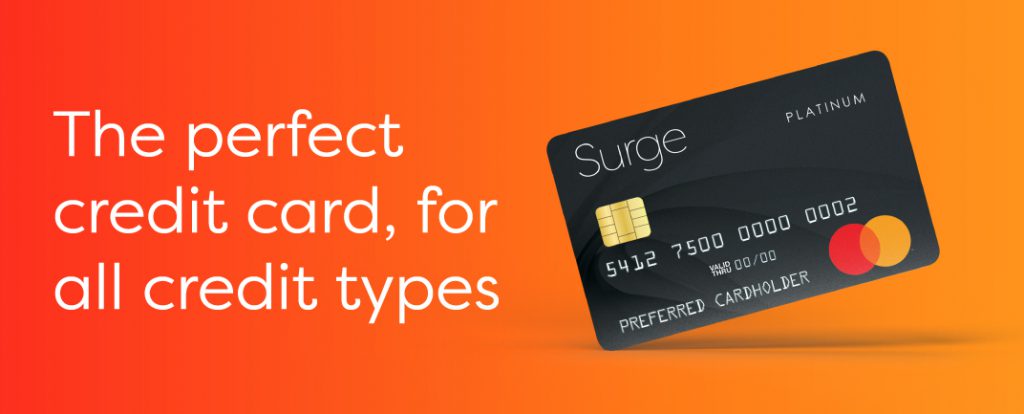Almost everyone gets confused when they read their credit report for the first time, so don’t get frustrated if your report overwhelms you. The key is to familiarize yourself with your accounts and know exactly what is shown on your report. There are 10 types of details that comprise your report:

Your Name
This is the first thing that you’ll see when you open your credit report. There is a chance your name could be misspelled, since your report is a compilation of information from the different creditors and lenders that you’ve done business with. If your name is misspelled and you’d like to make changes, you may do so by contacting a credit bureau.
Addresses (Previous and Current)
If you’re using more than one address to receive your mail, those addresses should be indicated in your report. If there’s an address that you’re not familiar with, you can have that disputed to ensure that you’re not a victim of identity theft. Disputing this detail will not have a negative impact on your score, so make sure that you take action immediately.
Employer
If you have provided the name of your employer to any lenders or creditors, it will show on your credit report. This detail doesn’t affect your credit score in anyway, but can help future lenders and credit card marketers verify information about you.
Revolving Accounts
These are credit accounts that are active on a monthly basis, in other words, these are accounts that you borrow from frequently. The balances indicated can either be higher or lower when compared to another report, since they are constantly “revolving” as you make payments and purchases.
Closed and open accounts
All your open and closed accounts within 7 – 10 years will appear on your credit report. Closed accounts that are negative will roll off your report after seven years. While positive closed accounts can remain on your report for up to ten years.
Installment Accounts
Your installment loans are included on your report. These are long term loans that require monthly payments until the loan is paid. Examples of installment accounts include car loans, student loans, and mortgage loans.
Payment History
Your payment history on all your credit accounts is listed in your credit report. Your credit report will likely hold the last 24 months of payment history and your old past due payment statuses will be indicated in the notes section for each credit account. Meanwhile, your negative payment history that is more than seven years old will not be indicated in the report.
Collection Accounts
If you have any unpaid debts that have been sent to a collection department or agency, that will be stated on your credit report and will have a negative impact on your credit score. It is imperative that you settle all your balances before closing or cancelling an account.
Public Records
This section will include records of bankruptcy for up to 10 years starting from when it was processed and completed. Public records will contain details about any foreclosures and repossessions for up to 7 years.
Credit and Loan Applications
Any loan or credit application, approved or declined, that you have submitted within the last 24 months are all shown in this section of your credit report. Your credit score will continue to be affected by your credit application records for up to two years. This is why it’s advisable that you limit your credit applications to avoid losing points on your credit score.

Continental Finance is one of America’s leading marketers and servicers of credit cards for people with less-than-perfect credit. Learn more by visiting ContinentalFinance.net



